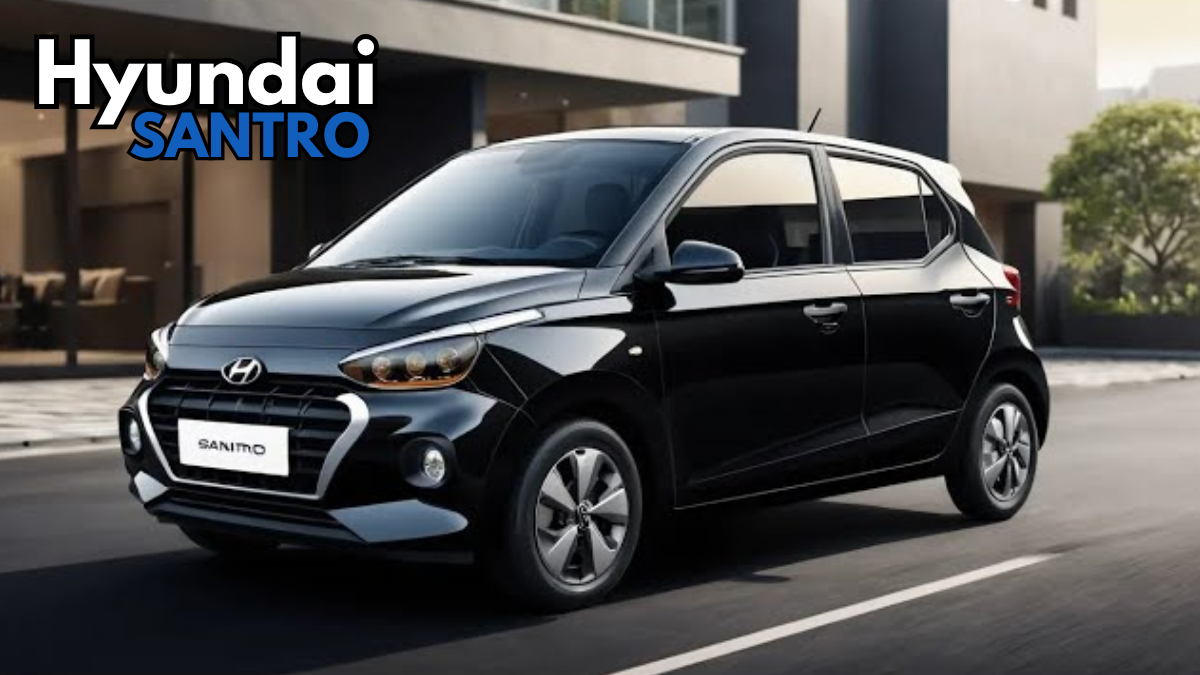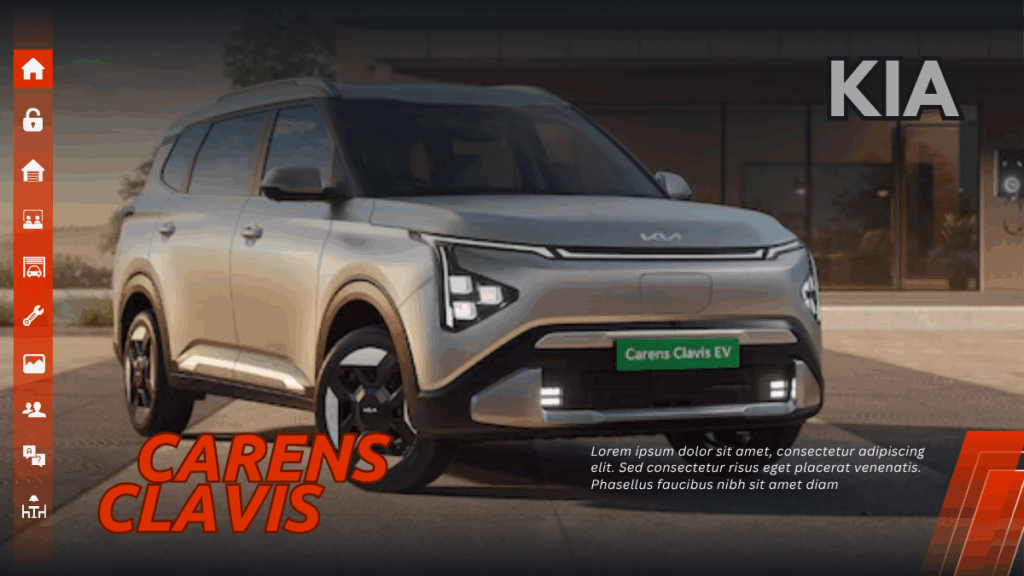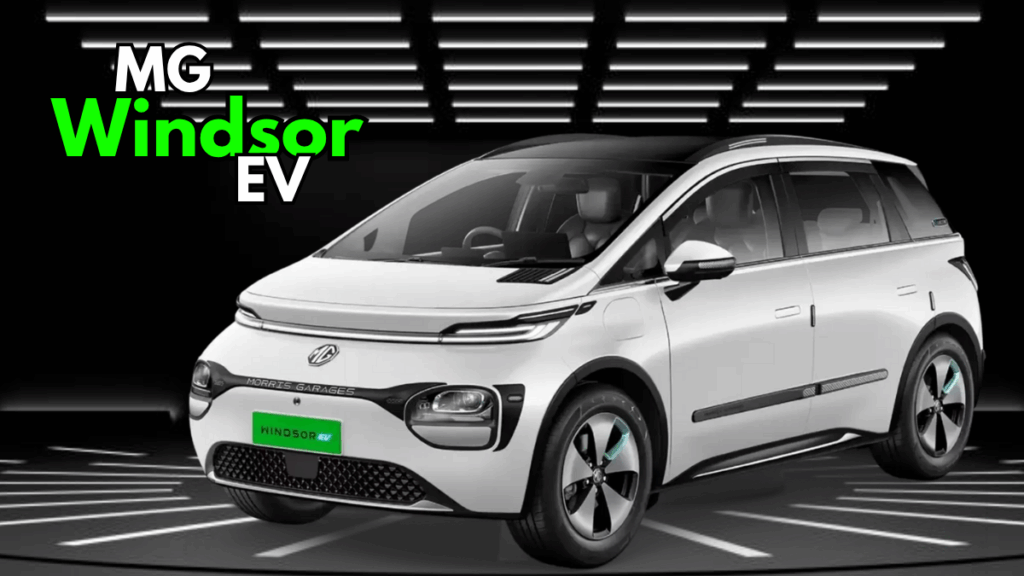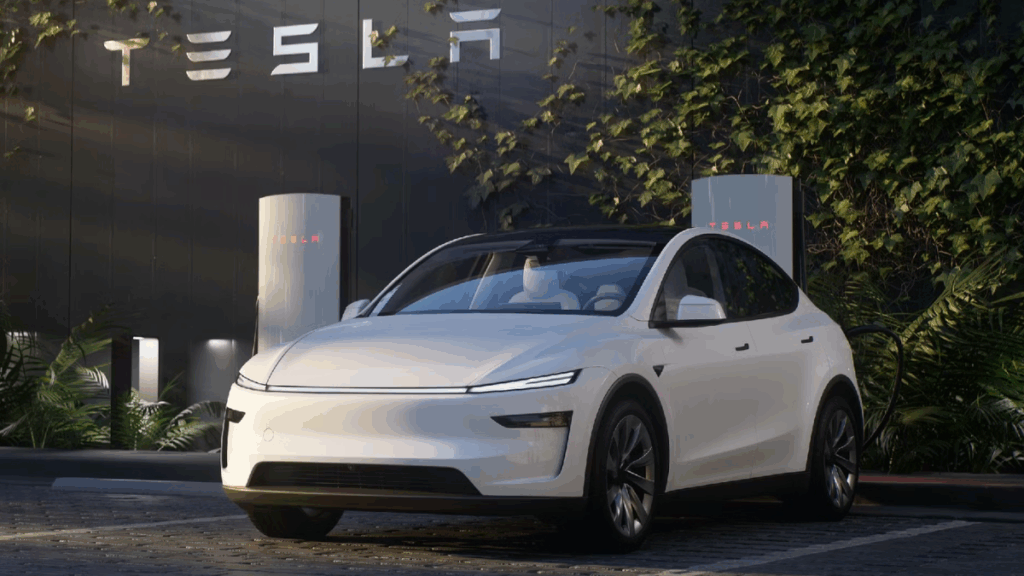The Hyundai Santro has been a household name in India for over two decades. From its 1998 debut to the most recent iteration discontinued in 2022, the Santro became synonymous with easy drivability, strong value, and fuss-free ownership. With reports and industry chatter pointing to a potential 2025 comeback, expectations are high that the next Santro will blend nostalgia with meaningful modern upgrades. Below is a clear, expanded rewrite of your article with structured sections, a quick-reference summary table, FAQs, and an SEO-ready meta description. Unless stated otherwise, details should be treated as expected/speculative until Hyundai confirms them officially.
A Short History: Why the Santro Still Matters

The original Santro reshaped India’s small-car segment in 1998 with its tall-boy practicality, light controls, and refined four-cylinder drivability. After a successful first innings, it bowed out in 2014, returned in 2018 with updated styling and features, and was discontinued again in 2022 as market tastes skewed toward SUVs and safety/emission norms tightened. Despite those shifts, the Santro brand equity endures—many first-time buyers still crave an affordable, efficient, city-friendly hatchback from a trusted marque. That enduring affection is why a 2025 revival generates genuine interest.
Quick Summary
Item |
Details |
|---|---|
Model (expected) |
Hyundai Santro (2025) |
Segment |
Entry-level hatchback (tall-boy stance) |
Launch Window |
Mid to late 2025 (expected; TBC) |
Powertrains (expected) |
1.2-litre petrol; factory CNG option |
Transmissions |
5-speed MT; 5-speed AMT (expected) |
Mileage (indicative) |
Petrol: ~20–22 km/l; CNG: ~28–30 km/kg (expected) |
Key Features (expected) |
8-inch touchscreen, wireless Android Auto/Apple CarPlay, Bluelink, wireless charger, rear AC vents |
Safety (expected) |
Up to 6 airbags, ABS, EBD, ESC, hill-start assist, ISOFIX, TPMS, rear camera |
Price Band (expected) |
₹4.5–₹7.7 lakh ex-showroom (variant dependent) |
Official Website |
Why a 2025 Comeback Makes Sense
- Affordability demand: Rising fuel and ownership costs make efficient, compact hatchbacks attractive, especially for first-time buyers and households in Tier-2/3 cities.
- Portfolio gap: Under ₹5–7 lakh, Hyundai could use a strong, familiar nameplate with mass appeal.
- Brand nostalgia: The Santro badge bridges older loyalists and younger buyers seeking modern tech in a proven package.
Exterior: Icon, Updated
If the Santro returns in 2025, expect a design that evolves with Hyundai’s Parametric Dynamics while retaining the tall-boy silhouette that defined the original. Anticipated highlights include:
- A wide grille and sharper, more contemporary lamps, likely with LED DRLs on higher trims
- Clean surfacing and a floating-roof effect with dual-tone finishes (variant dependent)
- Alloy wheels (up to ~16-inch on top trims, expected) and practical cladding where relevant
- Ground clearance in the ~165–170 mm zone to handle speed breakers and patchy tarmac
Dimensions (expected): Length ~3,850–3,900 mm; width ~1,680–1,710 mm; height ~1,650–1,680 mm; wheelbase ~2,450–2,500 mm. A 350–400 litre boot would be notably generous for the class if realized.
Cabin, Seating, and Practicality
The 2025 Santro is likely to prioritize space optimization and ease of use two hallmarks of the tall-boy layout:
- Premium-feeling dashboard with a clean, ergonomic control layout
- Rear AC vents (a rarity in entry hatchbacks) and thoughtful storage cubbies
- Better seat cushioning and upright seating to ease ingress/egress for all ages
- 8-inch touchscreen infotainment with wireless Android Auto/Apple CarPlay on higher trims
- Hyundai Bluelink connected-car tech, voice commands, wireless charging, and multiple USB ports (trim dependent)
Expect improvements in NVH (noise, vibration, harshness) and overall cabin insulation compared to the last generation, addressing a common buyer request.
Powertrains, Mileage, and Daily Driving
Engines (expected):
- 1.2-litre petrol (~83 PS anticipated) tuned for city-friendly torque and reliable efficiency
- Factory CNG (~69 PS anticipated) for dramatically lower cost per kilometre
Transmissions:
- 5-speed manual and 5-speed AMT (expected), with calibration focused on smooth urban transitions
Efficiency (indicative):
- Petrol: ~20–22 km/l (test-cycle expectation)
- CNG: ~28–30 km/kg (typical for the segment)
Real-world numbers vary with traffic, load, AC usage, terrain, and driving style. The Santro’s reputation for low running costs should continue, especially in CNG guise.
Safety and Structural Enhancements
Hyundai is expected to make safety a headline:
- Up to 6 airbags (top trims), ABS, EBD, ESC, hill-start assist, and ISOFIX
- Rear parking sensors and camera, TPMS, and robust crash structures aligned to current norms
If these features are offered widely across variants, Santro could become one of the safest entry-level hatchbacks in the segment.
Variants and Pricing (Expected)
Variant Type |
Indicative Price (Ex-showroom) |
|---|---|
Base |
~₹4.5 lakh |
Mid (1–2 trims) |
~₹5.5–₹6.5 lakh |
Top |
~₹7.0–₹7.7 lakh |
CNG (mid to top) |
~₹6.2–₹7.5 lakh |
This spread positions the Santro against Maruti WagonR, Maruti Celerio, Tata Tiago, and Renault Kwid, and could even tempt value-hunters eyeing micro-SUVs like Hyundai Exter or Tata Punch but on tighter budgets.
Technology and Future-Readiness
- E20 fuel compatibility aligns with India’s ethanol-blended fuel roadmap
- CNG supports lower operating costs and reduced emissions
- Potential for OTA (over-the-air) updates to infotainment and select vehicle functions
- Increased use of recyclable materials for a smaller environmental footprint
Who Should Consider the New Santro?
- First-time buyers upgrading from two-wheelers who want stress-free city driving
- Students/young professionals needing inexpensive, reliable mobility
- Small families prioritizing easy ingress/egress, rear AC vents, and low running costs
- High-mileage users who will benefit most from the CNG variant’s savings
Rivals and Positioning
- Maruti WagonR: Space efficiency and sales dominance
- Tata Tiago: Strong safety credentials and modern equipment
- Renault Kwid: SUV-inspired design and value
- Maruti Celerio: Mileage-focused practicality
The Santro’s trust factor, expected features, and competitive pricing could give it a compelling edge if Hyundai executes well across variants.
Frequently Asked Questions (FAQs)
Q1. What is the expected price of the Hyundai Santro 2025?
A. The expected ex-showroom range is ₹4.5–₹7.7 lakh, depending on variant and powertrain (subject to official confirmation).
Q2. When is the Hyundai Santro 2025 likely to launch?
A. A mid to late 2025 introduction is widely expected, though Hyundai has not announced an official date.
Q3. Will there be a CNG variant?
A. Yes, a factory CNG option is expected with ~28–30 km/kg indicative efficiency.
Q4. What mileage can I expect from the petrol model?
A. Test-cycle figures are expected around ~20–22 km/l; real-world results depend on usage conditions.
Q5. What safety features will it have?
A. Expect up to 6 airbags, ABS, EBD, ESC, hill-start assist, ISOFIX, rear camera, TPMS availability varying by trim.
Q6. Does it support connected-car features?
A. Higher trims are expected to get Hyundai Bluelink, along with wireless Android Auto/Apple CarPlay and wireless charging.
Official Website: https://www.hyundai.com/in/en
For More Information Click HERE






